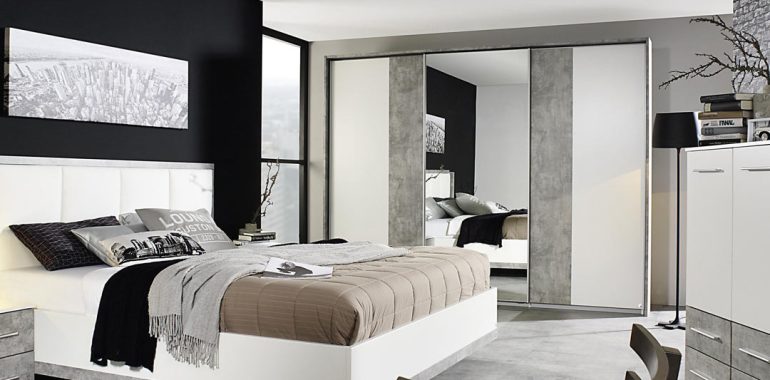Natural White or Warm White: Choosing the Best Lighting for Your Space

Natural White or Warm White: Choosing the Best Lighting for Your Space
When it comes to lighting choices, one of the major decisions you have to make is whether to go for natural white or warm white lighting. Both types of lighting have their pros and cons, and choosing the best one for your space can make all the difference in creating a comfortable and inviting atmosphere. In this article, we’ll dive deep into the differences between natural white and warm white lighting and the factors to consider when making your choice.
Natural White Lighting
Natural white lighting, also known as daylighting, is a bright, cool, and clear light similar to that of natural sunlight. It has a color temperature ranging from 5000K to 6500K and is often described as crisp and refreshing. Natural white lighting is ideal for spaces where you need to focus and work as it helps improve productivity and alertness. It’s also great for spaces like kitchens, bathrooms and closets, where you need good visibility.
Pros of Natural White Lighting
- Improves focus and productivity
- Great for spaces where you need good visibility
- Brings out true colors and details
Cons of Natural White Lighting
- Can feel harsh and uninviting
- May not be suitable for spaces where you want a cozy atmosphere
- Not recommended for lighting up art and photographs as it brings out too much detail
Warm White Lighting
Warm white lighting is a light that is more on the yellow side of the spectrum, with a color temperature ranging from 2700K to 3500K. It creates a warm and cozy feel, often described as inviting and relaxing. Warm white lighting is ideal for spaces like living rooms, bedrooms and dining rooms where you want to create a cozy atmosphere and promote relaxation.
Pros of Warm White Lighting
- Creates a warm and cozy feel
- Great for spaces where you want to promote relaxation
- Can be used to highlight art and photographs as it creates a soft and inviting glow
Cons of Warm White Lighting
- May not be suitable for spaces where you need to focus and work as it can cause drowsiness and lethargy
- May make colors appear differently than they truly are, making it difficult to get an accurate representation of an object
Factors to Consider When Choosing Between Natural White and Warm White Lighting
Choosing between natural white and warm white lighting is a matter of personal preference, but there are some factors you should consider when making your choice.
Function of the space
The first thing you need to consider is the function of the space. If it’s a space where you need to work, like a home office or kitchen, natural white lighting is the way to go. If it’s a space where you want to relax, like a bedroom or living room, warm white lighting is ideal.
Color scheme
Another thing to consider is the color scheme of the room. If your room has a lot of cool colors like blue and green, natural white lighting will help bring out the colors and make them appear brighter. If your room has a lot of warm colors like red and orange, warm white lighting will complement the colors and create a cozy and inviting atmosphere.
Personal preference
Finally, personal preference plays a role in choosing between natural white and warm white lighting. Some people prefer the clear and bright light of natural white lighting, while others prefer the warm and cozy atmosphere of warm white lighting.
Choosing between natural white and warm white lighting ultimately comes down to your personal preference and the function of the space. Natural white lighting is ideal for spaces where you need to focus and work, while warm white lighting is great for creating a cozy and inviting atmosphere. By considering these factors, you can choose the best lighting for your space and create a comfortable and inviting atmosphere that suits your style and needs.

